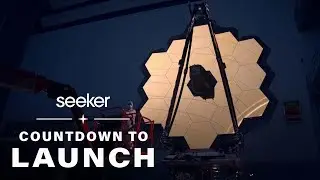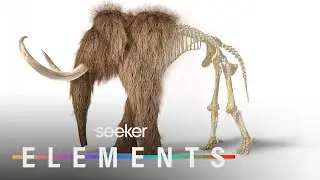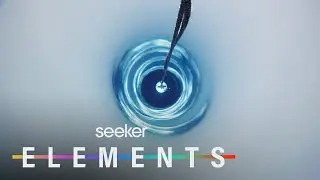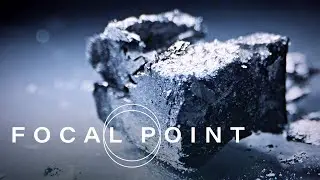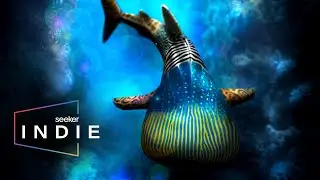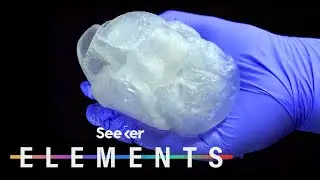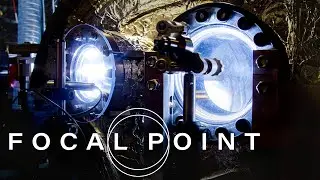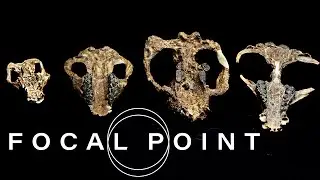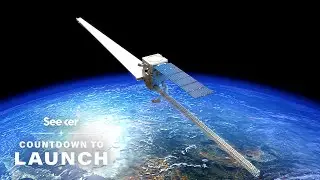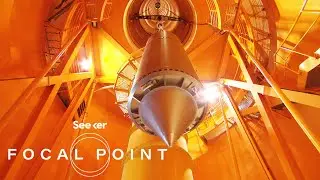Everything It Takes to Explore Beneath Polar Ice Caps
The advanced age of Arctic and Antarctic exploration is here, and it's still a risky mission. This team designs custom gliding robots to collect vital data from the depths beneath diminishing ice.
W\hat Are We Doing to Prepare for the Next Big Oil Spill? - • What Are We Doing to Prepare for the ...
Read More
From Pole to Pole, Underwater Robots Help Predict How and When Ice Shelves Collapse
https://www.ucdavis.edu/news/beneath-...
“'Ice shelves are melting,' Forrest said. 'We know this. But we don’t know how fast they’re melting. To actually make on-site measurements is the next step. We’re trying to get a baseline understanding of what changes are happening in the Antarctic. As a global community, we don’t really understand what we’re losing.'"
MIT engineers program marine robots to take calculated risks
https://www.sciencedaily.com/releases...
"Ayton says the new algorithm can compute tradeoffs of risk versus reward in real time, as AUVs decide where to explore next. He and his colleagues... are implementing this algorithm and others on AUVs, with the vision of deploying fleets of bold, intelligent robotic explorers for a number of missions, including looking for offshore oil deposits, investigating the impact of climate change on coral reefs, and exploring extreme environments analogous to Europa, an ice-covered moon of Jupiter that the team hopes AUVs will one day traverse."
Satellite imagery illuminates ice conditions around 3 Nunavut communities
https://www.cbc.ca/news/canada/north/...
"The satellite images have a lot of value because they capture a very large area, but it takes people on the ground to interpret what the data means locally. 'That's why we've worked together with... people who are active on the ice in Kugluktuk to understand whether what we think we're seeing in this image taken from space really corresponds to reality,' said Hoeberechts. For example, she said areas with very smooth ice can look identical to open water. Those who know the area well can help the researchers make that distinction, which in turn makes the maps more useful to the community."
____________________
Science In The Extremes ventures to the ends of the earth to bring you pioneering research and innovations that are advancing our civilization and broadening our understanding of the universe. Follow intrepid researchers as they plunge into the deepest parts of the ocean, trek across the arctic tundra, and explore the cosmos, because being a scientist isn’t just about being in the lab.
Seeker explains every aspect of our world through a lens of science, inspiring a new generation of curious minds who want to know how today’s discoveries in science, math, engineering and technology are impacting our lives and shaping our future. Our stories parse meaning from the noise in a world of rapidly changing information.
Visit the Seeker website https://www.seeker.com/videos
Subscribe now! http://www.youtube.com/subscription_c...
Seeker on Twitter / seeker
Seeker on Facebook / seekermedia
Science in the Extremes on Facebook / scienceintheextremes
Seeker http://www.seeker.com/









